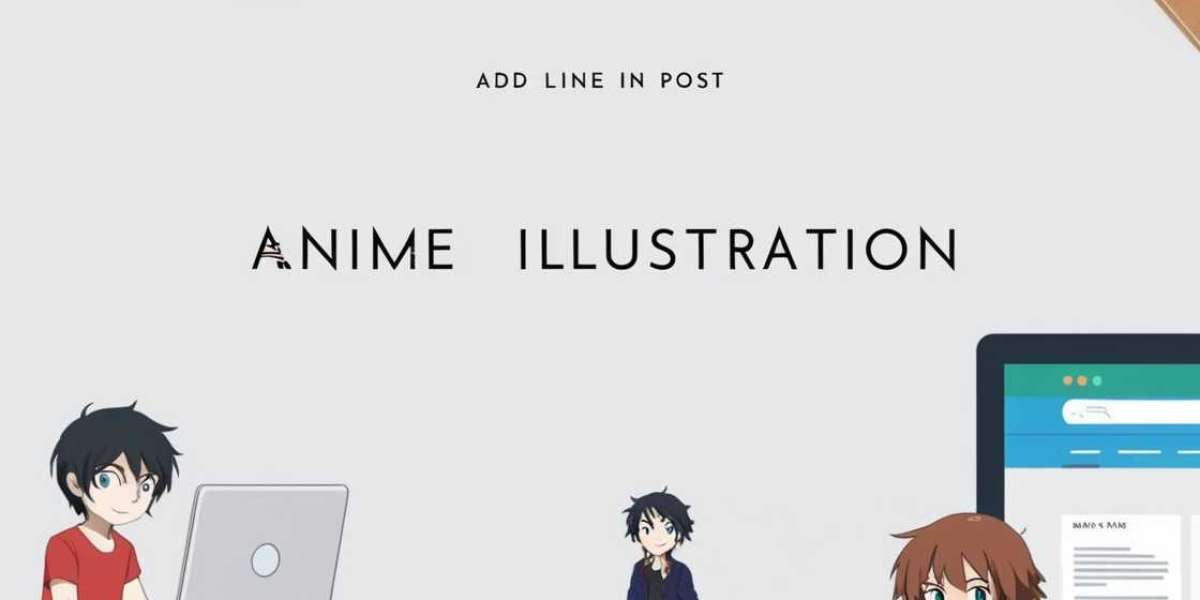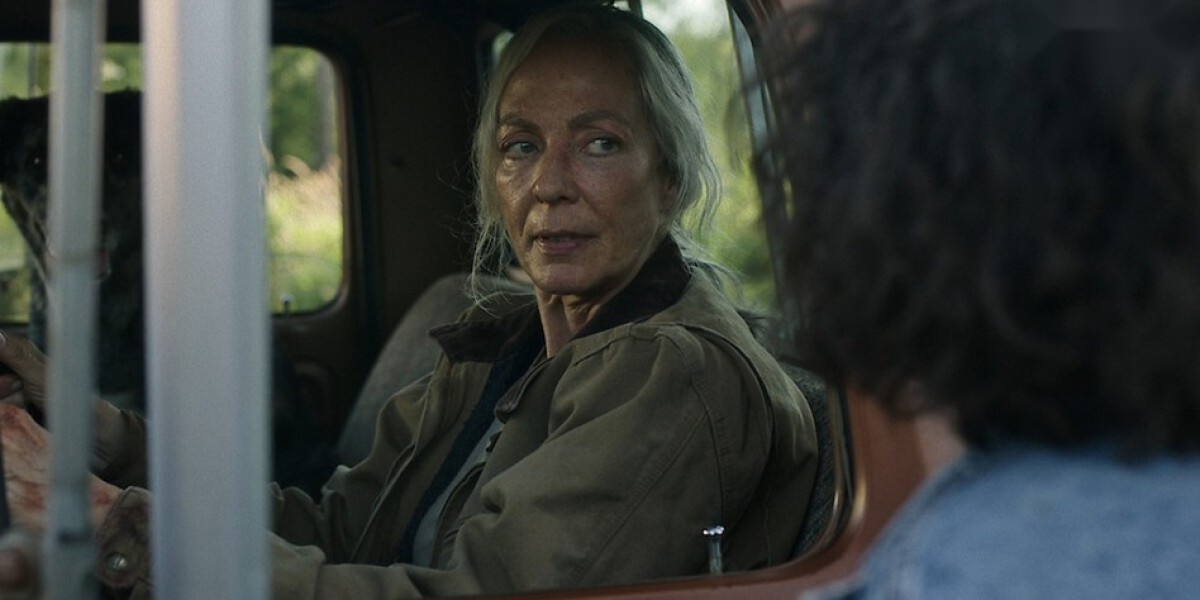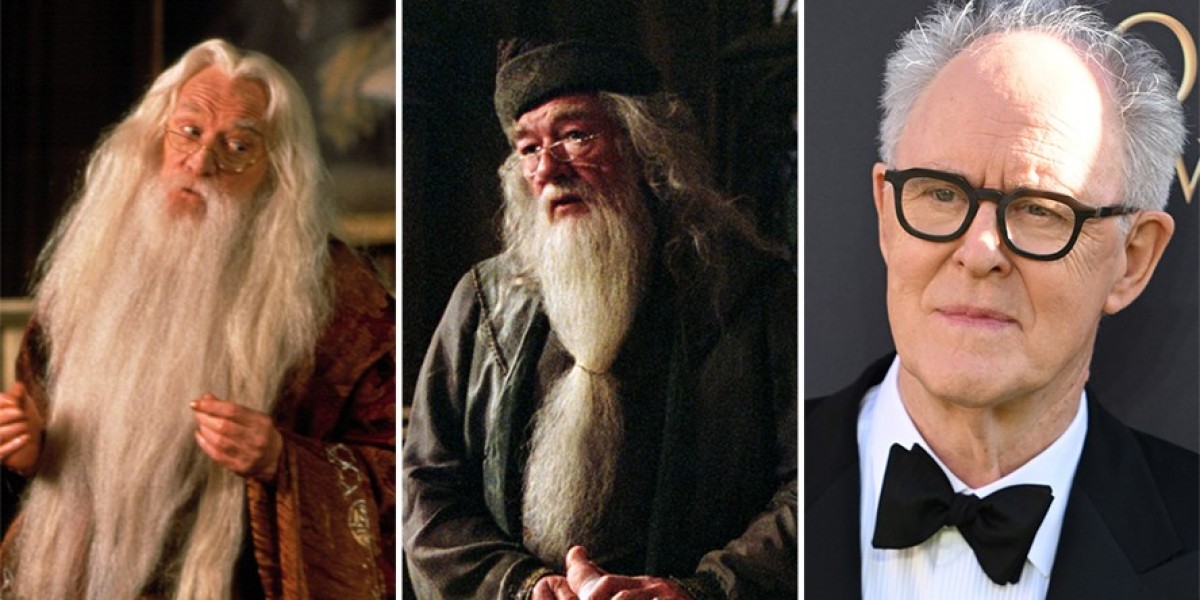The Foundation of a Strong Anime Character Design
To create a compelling anime character, start with a solid foundation. The initial steps set the tone for the entire design process. Here’s what to focus on:
1. Character Concept and Backstory
Every strong anime character starts with a concept. Ask yourself:
- What is their role in the story?
- What are their personality traits, goals, and motivations?
- How do they interact with other characters?
For example, a villain’s design might include darker colors and sharp features, while a hero might have a clean and vibrant appearance. These details help bring authenticity to the character.
2. Silhouette
The silhouette is a critical aspect of anime design. A unique silhouette ensures your character is recognizable, even in shadow. Experiment with different body shapes, hairstyles, and accessories to create a distinct outline.
3. Anatomy and Proportions
Anime characters often feature exaggerated proportions, such as large eyes or elongated limbs. While these features define the style, maintaining believable anatomy is important to avoid awkward designs. Study real-world anatomy and stylized proportions to strike the right balance.
Essential Elements of Anime Character Design
A strong anime character design incorporates several visual elements. Let’s delve into the key aspects:
1. Facial Features
The face is often the focal point of an anime illustration. It communicates emotion, personality, and intent. Pay attention to:
- Eyes: Large, expressive eyes are a hallmark of anime. Experiment with shapes, sizes, and colors to convey personality traits.
- Mouth: Keep it simple yet expressive. A small, subtle change in the mouth shape can drastically alter a character's mood.
- Nose: In anime, the nose is often minimalistic, but its placement is crucial for proportion.
2. Hair Design
Hair is one of the most defining features in anime graphic design. Use unique hairstyles and colors to make your characters stand out. For instance:
- Spiky, unkempt hair for rebellious characters.
- Long, flowing locks for elegance or grace.
- Bright, unnatural colors to indicate special abilities or eccentricity.
3. Clothing and Accessories
The clothing should reflect the character’s role, era, and personality. For example:
- A warrior might wear armor or battle gear.
- A modern-day student could have a school uniform.
- A mystical character might sport intricate robes or jewelry.
Accessories such as hats, weapons, or gadgets add depth to the design and make characters more memorable.
The Role of Colors in Anime Character Design
Color selection is pivotal in shaping a character’s identity. Effective use of color in anime illustration can:
- Convey personality: Bold, warm tones like red or orange suggest energy, while cool tones like blue or green imply calmness.
- Highlight importance: Main characters often feature brighter, more detailed color schemes than supporting characters.
Tips for Choosing Colors
- Stick to a limited palette to avoid visual clutter.
- Use complementary colors for contrast.
- Ensure the colors align with the character’s personality and role.
For example, a character who represents hope might feature yellow or gold accents, while a mysterious figure could use purple or black.
Designing Dynamic Personalities
In addition to visual appeal, a strong anime character design incorporates dynamic personality traits. Here’s how to reflect personality through design:
1. Body Language
Consider how the character’s stance and gestures communicate their traits. A confident character might stand tall with an open posture, while a shy character might hunch slightly and avoid eye contact.
2. Expression Variations
Anime characters often have a wide range of exaggerated expressions. Ensure your design allows for flexibility in depicting emotions like joy, anger, or sadness.
3. Signature Features
Add unique elements that set your character apart. This could be a scar, a tattoo, or an iconic piece of clothing. These features not only enhance the design but also make the character more memorable.
Tips for Creating Memorable Cartoon Illustrations
The principles of cartoon illustration also apply to anime. Here are a few tips to enhance your designs:
- Simplify Shapes: Use basic geometric shapes as the foundation for your character. Simplified shapes make characters easier to animate.
- Exaggerate Key Features: Focus on exaggerating specific elements like eyes, hair, or accessories to make your character visually striking.
- Pay Attention to Line Work: Clean, bold lines are essential in creating polished illustrations. Experiment with line thickness to add depth.
Challenges and How to Overcome Them
Creating a strong anime character design comes with its challenges. Here’s how to tackle them:
1. Avoiding Overdesign
While it’s tempting to add intricate details, too much can overwhelm the design. Focus on a few standout features that define your character.
2. Balancing Originality with Familiarity
Audiences appreciate unique designs, but they also need to feel relatable. Combine fresh ideas with familiar tropes to strike the right balance.
3. Adapting for Animation
If your character will be animated, ensure the design is practical for movement. Simplify overly complex details that could be difficult to animate smoothly.
Inspiration for Anime Character Design
To create compelling characters, study the work of renowned anime illustrators and designers. Analyze characters from popular anime series to understand how they use colors, shapes, and features. Additionally, explore different art styles and experiment with blending them into your own work.
Tools and Resources for Anime Graphic Design
As an artist, having the right tools can streamline your creative process. Here are some popular options:
- Drawing Software: Procreate, Adobe Photoshop, or Clip Studio Paint.
- Color Palette Generators: Coolors or Adobe Color.
- Anatomy References: Books, online tutorials, or 3D anatomy models.
Final Thoughts: What Makes a Strong Anime Character Design?
A strong anime character design is a harmonious blend of visual appeal, personality, and practicality. From conceptualizing the character’s backstory to refining their color palette and accessories, every detail plays a role in creating a memorable design.








